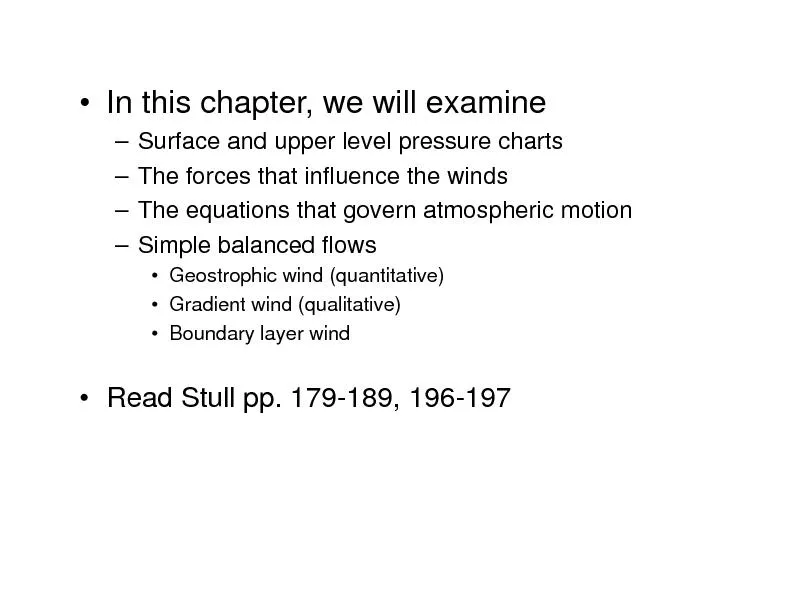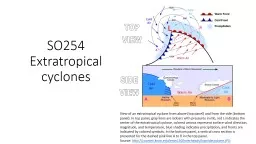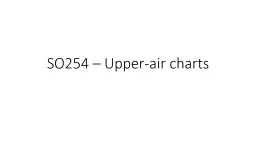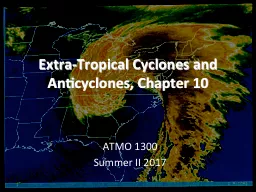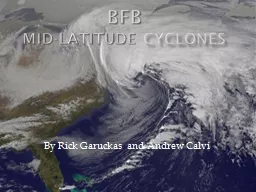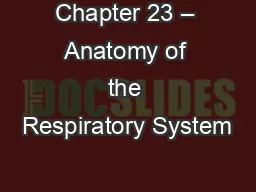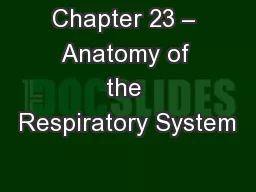PDF-in this chapter we will examine surface and upper level pr
Author : giovanna-bartolotta | Published Date : 2016-09-16
A model of the atmosphere constant with height The air molecules above When air of stuffed into the column the Figure 81 p200 of warm air Because of this fact aloft
Presentation Embed Code
Download Presentation
Download Presentation The PPT/PDF document "in this chapter we will examine surface ..." is the property of its rightful owner. Permission is granted to download and print the materials on this website for personal, non-commercial use only, and to display it on your personal computer provided you do not modify the materials and that you retain all copyright notices contained in the materials. By downloading content from our website, you accept the terms of this agreement.
in this chapter we will examine surface and upper level pr: Transcript
Download Document
Here is the link to download the presentation.
"in this chapter we will examine surface and upper level pr"The content belongs to its owner. You may download and print it for personal use, without modification, and keep all copyright notices. By downloading, you agree to these terms.
Related Documents

